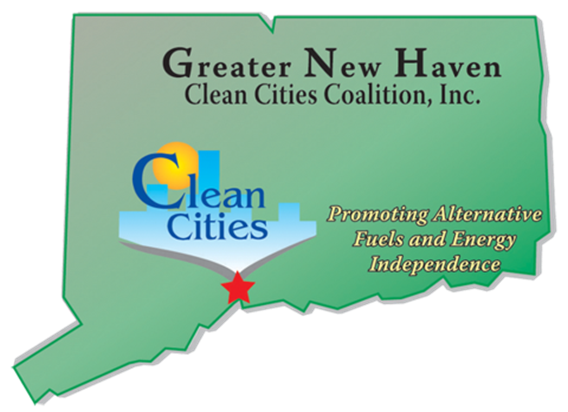Answer: Another hurricane season is upon us. As such, we are reminded of the lessons learned from Superstorm Sandy, which made landfall near Atlantic City, New Jersey last October. Specifically, alternative fuel and advanced technology vehicles were able to provide critical services and assist in recovery efforts when conventional vehicles were taken out of service due to fuel shortages and power outages at fueling stations.
It has been reported that more than 20% of conventional fueling stations had no fuel as many as 11 days after the storm. Meanwhile, alternative fuel fleets were still operating. For example, the compressed natural gas (CNG) Atlantic City Jitney minibuses were assisting with evacuation and the Oyster Bay CNG refuse and dump trucks were helping with clean-up efforts. Because CNG infrastructure is typically fueled by an underground pipeline, these stations are not as dependent on fuel delivery trucks for their supply. Therefore, these fleets were able to jump into action and provide support during a difficult time. CNG was not the only alternative fuel used during the Superstorm Sandy aftermath. The Port Authority of New York and New Jersey continued their use of biodiesel blends without fuel supply interruptions. For a video summarizing the use of alternative fuel vehicles after Superstorm Sandy, see the following MotorWeek story: http://www.afdc.energy.gov/case/1323.
Emergency situations can include natural disasters, such as hurricanes, flooding, tornados, earthquakes, and wildfires. However, they also include systems and infrastructure failures, pandemics, and physical or cyber attacks. To that end, the Valley of the Sun Clean Cities Coalition in Phoenix, Arizona is working with the Arizona Department of Emergency Management to encourage fuel diversity in an area of the country that is vulnerable to fuel shortages due to pipeline ruptures.
How can we learn from these experiences?
- Incorporate alternative fuels into emergency planning efforts.
- Energy Assurance Plans. Through the American Recovery & Reinvestment Act, the U.S. Department of Energy’s (DOE) State Energy Assurance Program provided grants to 48 states to develop or update their Energy Assurance Plans. The goal of these plans is to ensure secure and reliable energy infrastructure that will allow for rapid restoration and recovery in the case of an emergency. As such, many state plans champion fuel diversity and include a shift to alternative transportation fuels to reduce petroleum demand, manage fuel supply, and maintain essential public needs during emergency situations. State energy offices are encouraged to revisit and update their plans frequently. As alternative fuel infrastructure expands in your area, Clean Cities coalitions are encouraged to get in touch with their state energy office to incorporate alternative fuels into their Energy Assurance Plan. For more information, see the DOE State Energy Assurance Program website: http://energy.gov/oe/services/energy-assurance/emergency-preparedness/state-and-local-energy-assurance-planning. The National Association of State Energy Officials (NASEO) Energy Assurance Planning website (http://www.naseo.org/energyassurance) is also a useful resource.
- Disaster Preparedness Plans. In addition to energy planning, state offices and agencies of emergency management have overarching plans to manage emergency situations. Alternative fuel and advanced vehicles can also play an important role in these strategies. To find your state emergency management office, visit the Federal Emergency Management Agency (FEMA) website: http://www.fema.gov/state-offices-and-agencies-emergency-management.
- Work with stakeholders to educate them on the benefits of alternative fuels in emergency situations. Tell them the stories about alternative fuel use during Superstorm Sandy. Utilities, municipal governments, and refuse companies may be particularly interested in these lessons learned.
- Know where the available fueling infrastructure is. Using the Alternative Fueling Station Locator (http://www.afdc.energy.gov/locator/stations/), you can identify stations in your area and work with those station operators to determine whether they will be available during an emergency situation. The National Renewable Energy Laboratory is collecting information from natural gas stations about generator availability, specifically those that could power compressors and other infrastructure during an outage. Initial results indicate that over 50% of planned and existing CNG and liquefied natural gas stations have access to a generator that can operate the station. Please note that information about generator availability at individual stations will not be available through the Fueling Station Locator. However, it will be used to assist DOE and others in developing federal, state, and local energy assurance and emergency preparedness plans that incorporate alternative fuels.
Clean Cities Technical Response Service Team
technicalresponse@icfi.com
800-254-6735


